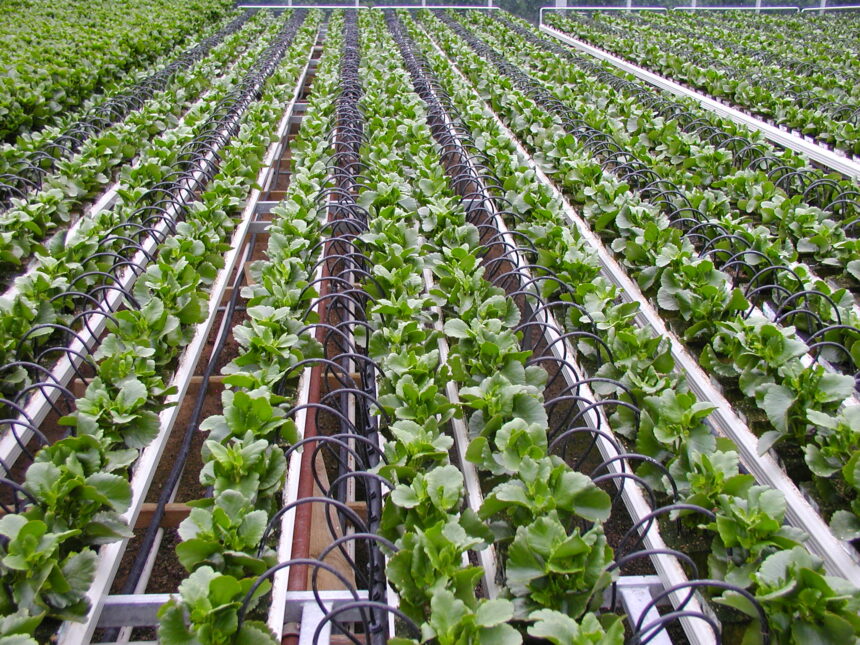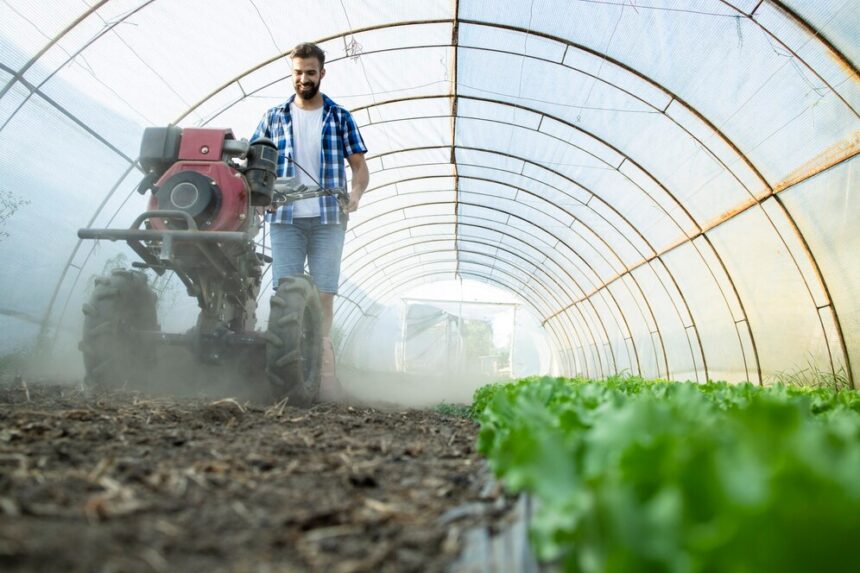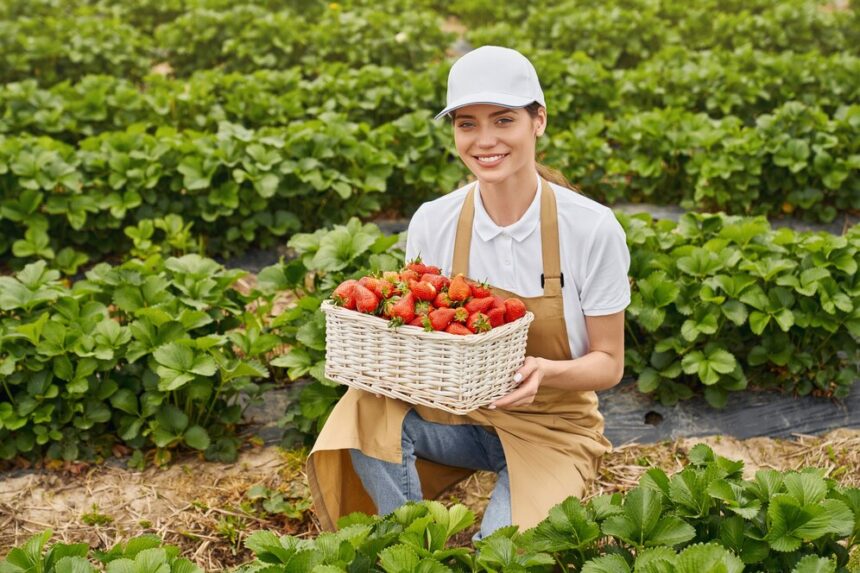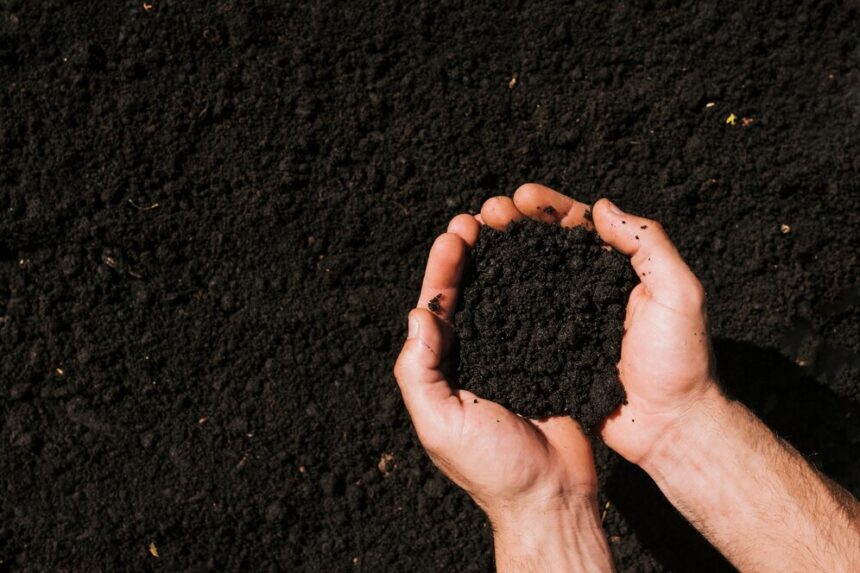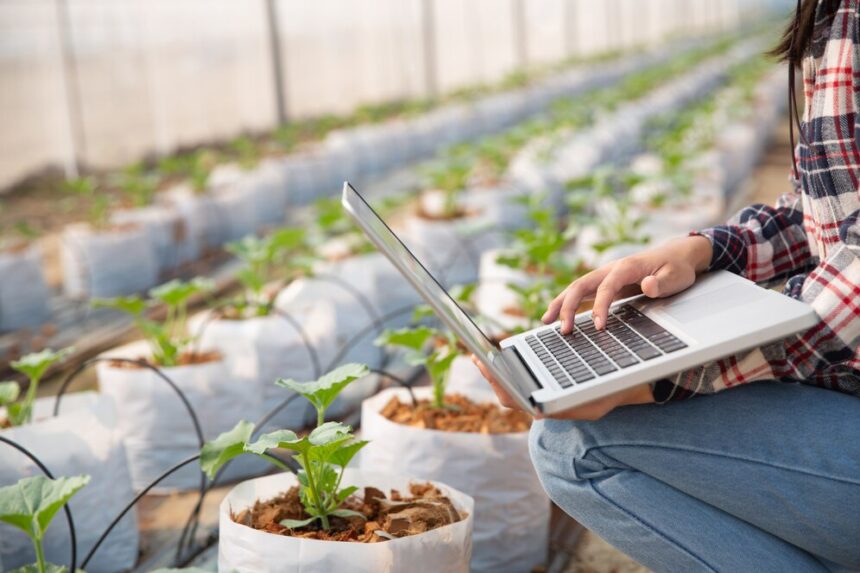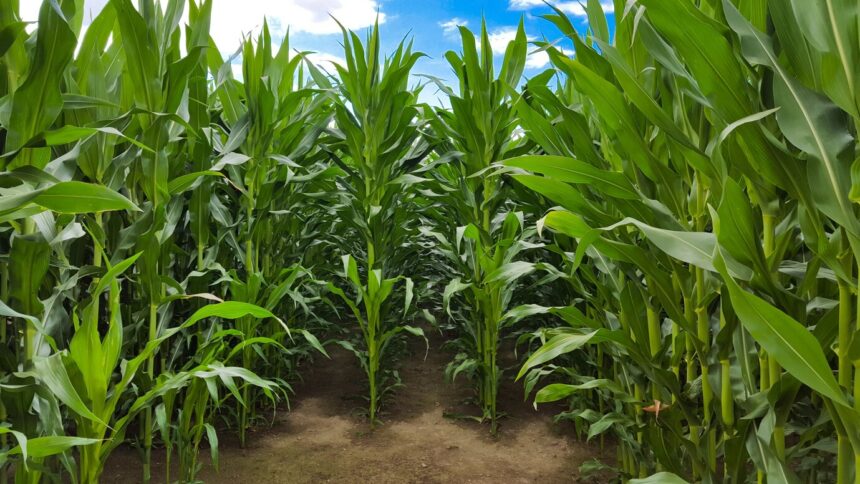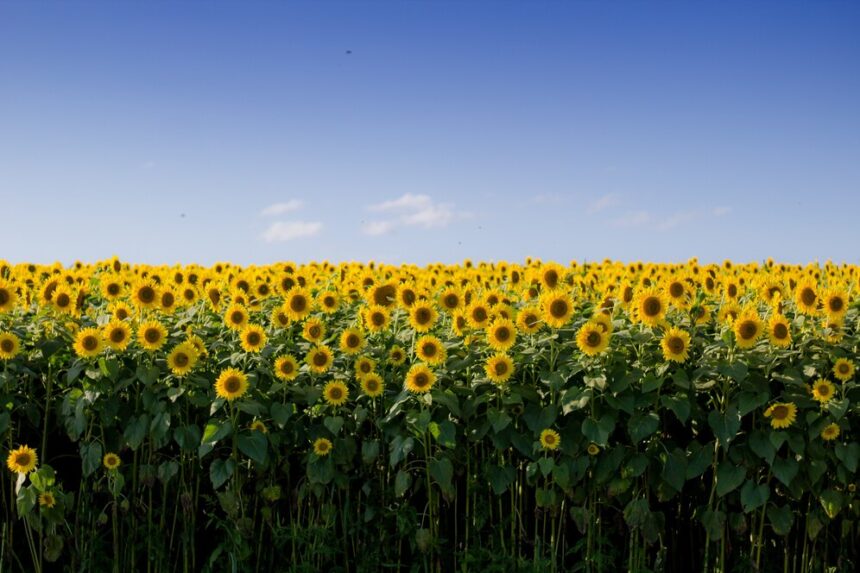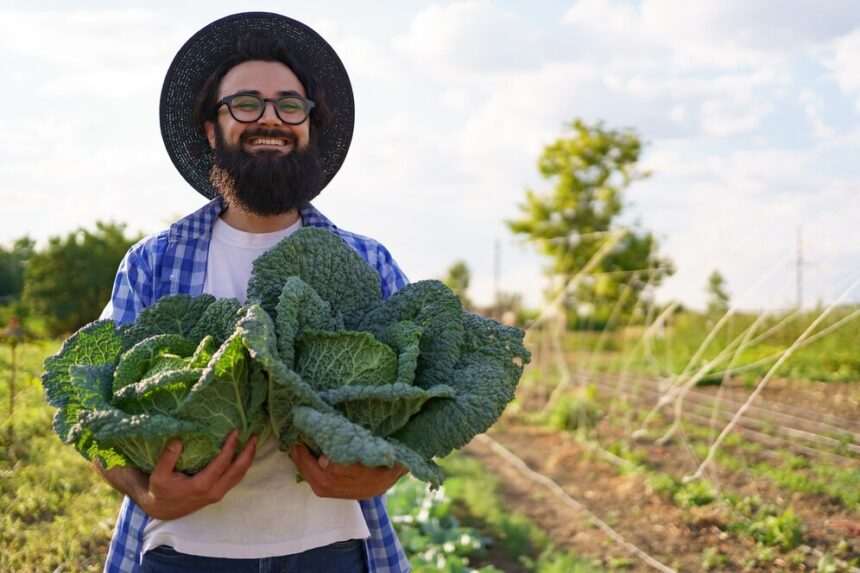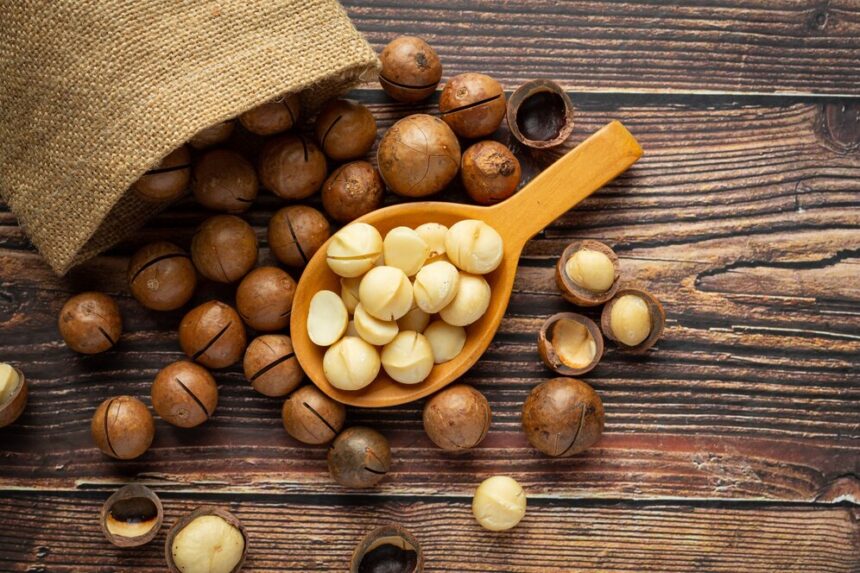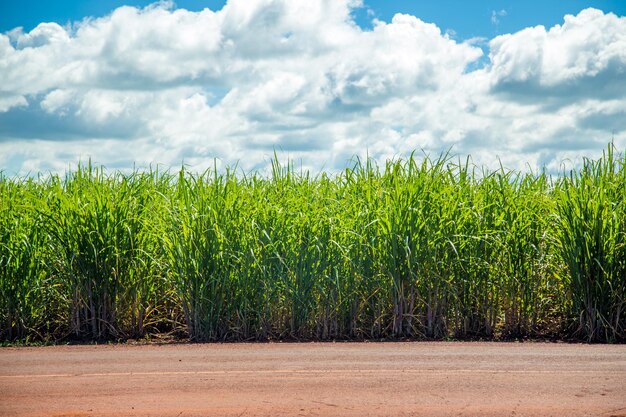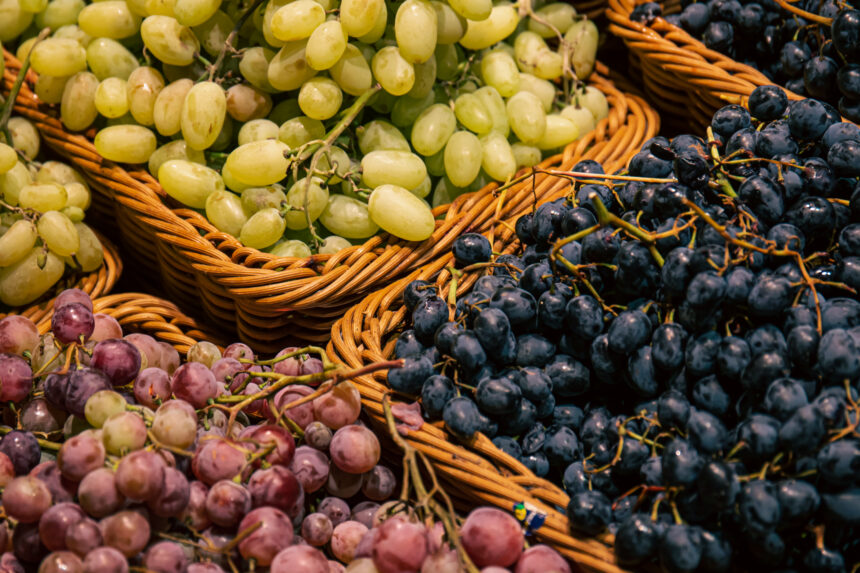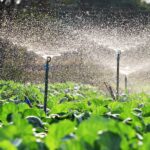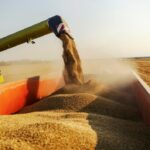Best Drip Irrigation Systems for Small Farms
Drip irrigation is one of the most efficient ways to water crops, especially for small farms looking to conserve water while maximizing yield. Unlike traditional irrigation methods, drip systems deliver…
Step-by-Step Guide to Starting a Small Farm
Starting a small farm can be an exciting and rewarding venture, but it requires careful planning, dedication, and hard work. Whether you’re looking to grow crops, raise livestock, or engage…
Most Profitable Crops to Grow in 2025
The agricultural landscape is constantly evolving, and what is profitable today might not be as lucrative tomorrow. However, certain crops continue to prove resilient, offering excellent returns for farmers. In…
How to Test Soil Fertility at Home
Soil fertility is essential for healthy plant growth, and understanding your soil’s fertility is the first step toward improving crop yields and garden productivity. While professional soil tests can be…
Best Farm Management Software for South African Farmers
Farm management software plays a pivotal role in helping farmers streamline their operations, improve efficiency, and enhance productivity. With the rapidly evolving agricultural landscape in South Africa, farmers are increasingly…
How to Identify and Control Maize Stalk Borers
Maize stalk borers are one of the most destructive pests affecting maize crops. These pests feed on maize plants, causing reduced yields and significant economic losses for farmers. Identifying and…
Best Drought-Resistant Crops for South Africa
With increasing climate variability and water scarcity, South African farmers must adopt drought-resistant crops to ensure food security and sustainable agriculture. Drought-tolerant crops require less water, adapt well to dry…
How to Transition to Organic Farming in South Africa
With growing consumer demand for chemical-free and environmentally sustainable food, organic farming presents a profitable and eco-friendly opportunity for South African farmers. Transitioning to organic farming requires careful planning, investment…
How to Grow Chillies for High Profits
Chilli farming is a highly profitable agricultural venture, offering substantial returns when done correctly. With the growing demand for fresh, dried, and processed chillies in local and international markets, farmers…
Macadamia Farming Profitability in South Africa
Macadamia nut farming has emerged as one of the most lucrative agricultural ventures in South Africa, with rising global demand and favorable climatic conditions making it a highly profitable industry.…
Best Sugarcane Varieties for KwaZulu-Natal
KwaZulu-Natal is one of South Africa’s most prominent sugarcane-growing regions, thanks to its warm climate and well-distributed rainfall. Selecting the right sugarcane variety is essential for optimizing yield, sucrose content,…
Best Wine Grape Varieties for the Western Cape
The Western Cape of South Africa is renowned for its diverse and thriving wine industry, producing some of the world’s most acclaimed wines. With its unique terroir, which includes a…

